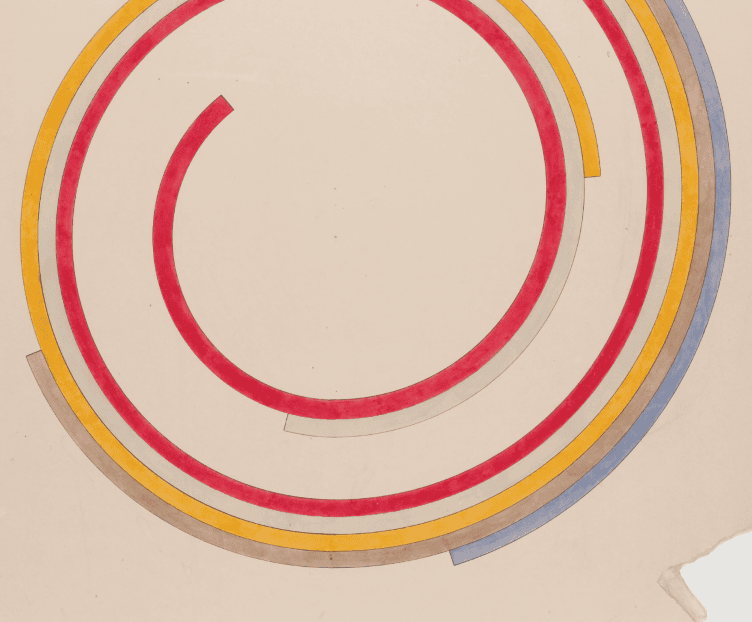About the Briefing
This handout was created for the AHA’s June 28, 2019, Congressional Briefing on the history of health care. Panelists Beatrix Hoffman (Northern Illinois Univ.), Nancy Tomes (Stony Brook Univ.), and Alan Kraut (American Univ.) discussed historical perspectives on why the American health care system is so costly, complex, and challenging for those who seek to legislate improvements in access to and quality of care.
A recording of the briefing is available to watch on C-SPAN.
Why past proposals for universal health care failed and what their consequences were
Two central themes in a century of failed proposals for universal health coverage are the use of fear by opponents—particularly fear of foreign health systems and of socialism—and how each attempt led to changes in the health system that ended up making it harder to fix.
- World War One-era health care proposals were defeated in part because of social health insurance’s association with Germany. They led the commercial insurance industry to enter the health insurance field, partly to weaken subsequent demand for government-supported coverage.
- Harry Truman’s proposal for National Health Insurance collapsed due to the American Medical Association’s campaign against “socialized medicine.”
- Two outcomes of Truman’s defeat—the federal Hill-Burton Hospital Construction Act, and the massive growth of private, employer-sponsored health insurance—drove up costs while leaving many without coverage.
- Private insurance’s inability to cover the elderly helped lead to the passage of Medicare in 1965. Medicare contained no cost controls, causing costs to rise even further.
- After Clinton’s 1993-4 proposal for universal coverage failed, managed care arose as an attempt at cost control. Employer insurance began to contract, leading to an increase in the uninsured population to 47 million by the early 2000s.
- The limitations, exclusions, cost sharing, and denials of the private system shaped the Affordable Care Act’s focus on insurance regulation. The ACA has covered 20 million more Americans, but falls short of universal coverage.
How health care became a commodity in the United States
A unique feature of U.S. health care is that we think of it primarily as a commodity, a set of products and services to be delivered according to market-based principles. It is accepted that someone will make a profit, and that competitive incentives will produce more and better products and services. Advertisers encourage people to buy more health care products and services. Patients are called “health care consumers” and doctors “health care providers.”
- Other advanced, capitalist democracies do not marketize or commodify their health care to the same extent, nor do they encourage advertising of prescription drugs and medical services.
- The problems associated with the marketized approach—inflationary prices, overuse of medical specialties, fragmentation of care, and lack of access—started to become apparent in the 1920s.
- By the 1960s the U.S. health care system was in crisis, resulting in the passage of the 1965 Medicare and Medicaid programs.
- This historical perspective underlines the fundamental problems in delivering health care as a commodity, with its expectation that consumer choice alone can regulate price, quality, and availability.
Participant Biographies
Beatrix Hoffman is Professor of History at Northern Illinois University, where she is the 2017-19 Hainds Fellow in Undergraduate Teaching in the Humanities. She is the author of two books on the U.S. health care system, The Wages of Sickness: The Politics of Health Insurance in Progressive America (2001), and Health Care for Some: Rights and Rationing in the United States since 1930 (2012), and a book co-edited with Rachel Grob, Mark Schlesinger, and Nancy Tomes, Patients as Policy Actors (2011). Hoffman’s current project is a history of access to health care for immigrants and migrants in the US.
Nancy Tomes is SUNY Distinguished Professor at Stony Brook University. Tomes has authored four books: A Generous Confidence: Thomas Story Kirkbride and the Art of Asylum Keeping (1984; reissued 1994); Madness in America: Cultural and Medical Perceptions of Mental Illness Before 1914, with Lynn Gamwell (1995); The Gospel of Germs: Men, Women and the Microbe in American Life (1998), and Remaking the American Patient: How Madison Avenue and Modern Medicine Turned Patients into Consumers (2016), which won the Bancroft Prize. She has co-edited two collections, Medicine’s Moving Pictures, with Leslie Reagan and Paula Treichler (2007) and Patients as Policy Actors with Beatrix Hoffman, Rachel Grob, and Mark Schlesinger (2011).
Alan Kraut is University Professor of History at American University and a non-resident fellow of the Migration Policy Institute. Specializing in immigration and ethnic history and the history of medicine in the United States, he is the author or editor of nine books and many scholarly articles, including The Huddled Masses, the Immigrant in American Society, 1880-1921 (1982; 2nd ed. 2001); Silent Travelers: Germs, Genes, and the “Immigrant Menace.” (1994); Goldberger’s War: The Life and Work of a Public Health Crusader (2003); and with his wife, Deborah, Covenant of Care: Newark Beth Israel and the Jewish Hospital in America (2007). He is an elected fellow of the Society of American Historians, a past President of the Organization of American Historians, and current President of the National Coalition for History.
Related Resources

December 23, 2025
History of Federal Science Funding

October 29, 2025
